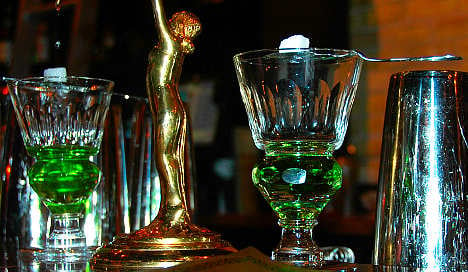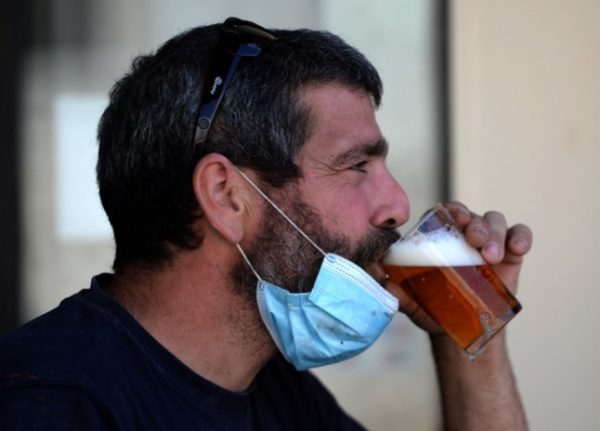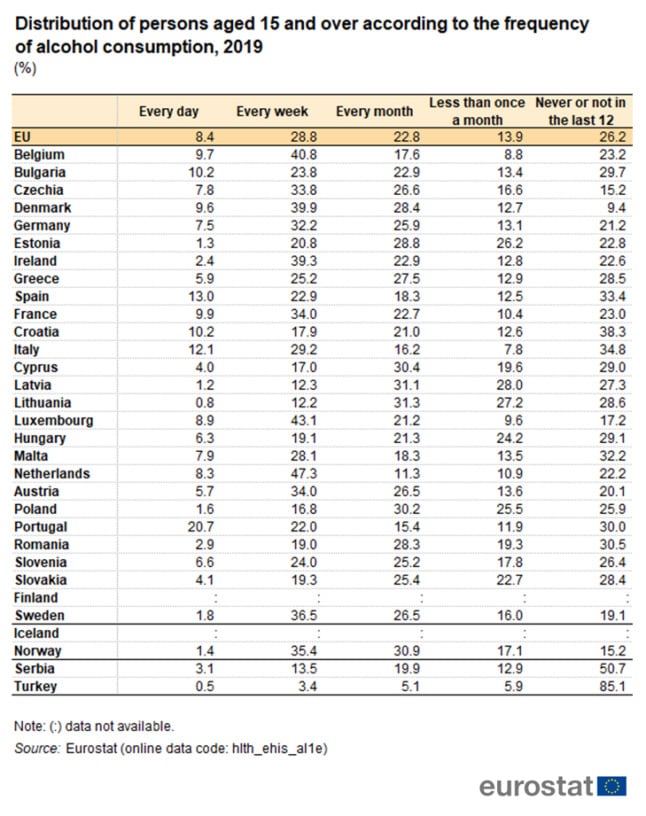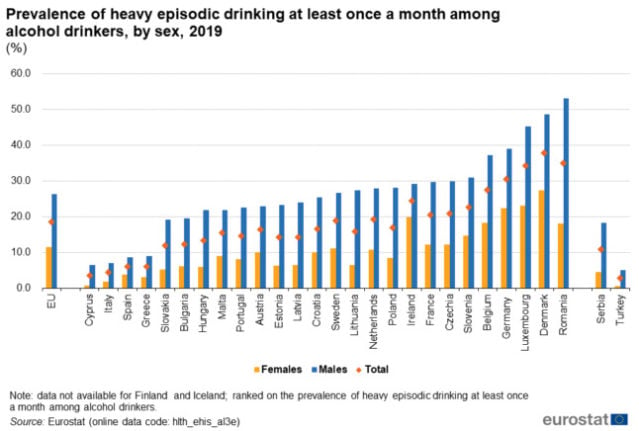The decision by the Federal Office of Agriculture (OFAG) protects absinthe produced in its supposed birthplace of Val-de-Travers in the west of the confederation.
The status, similar to the French Appellation d'Origine Controlee (AOC) system, protects the names "absinthe", "Fee Verte" ("Green Fairy") and "La Bleue" ("The Blue One") used by distillers who make the drink made famous by artists in the late 19th century.
A raft of foreign manufacturers opposed the Swiss measure which was two years in the making, including from Britain, France, Austria, Germany and the United States.
Those opposed to the decision have 30 days to lodge their appeal at Switzerland's highest court, the Federal Tribunal.
OFAG said its decision to give Swiss absinthe from Val-de-Travers protected status was justified because it was this region "that made the drink's name".
There was no question of allowing the spirit from another country region or even another Swiss region to be sold since "it is not proven that there is a tradition" of absinthe production in these regions, it added.
The Swiss absinthe makers' organisation said it was delighted at the decision but its ultimate aim was to see the drink elevated to the same hallowed status as French champagne or cognac.
In total, 80 percent of Swiss-produced absinthe comes from Val-de-Travers and 65,000 litres were produced nationally in 2011.
Credited with hallucinogenic qualities and containing wormwood and other herbs, the drink was banned in Switzerland in 1910 after a man who drank it killed his wife and two children.
The ban was lifted in 2005.
In France, a near-100 year ban was put in place for the same reason and lifted in 2010.
For the French, absinthe's historic home is Pontarlier near the Swiss border. Some 15 producers make approximately 700,000 litres of the spirit per year, according to estimates.
The green spirit is most often drunk after placing a traditional perforated spoon containing a sugar cube on top of the glass, through which iced water is then slowly poured into the neat absinthe to produce the characteristic clouding effect.





 Please whitelist us to continue reading.
Please whitelist us to continue reading.
Member comments